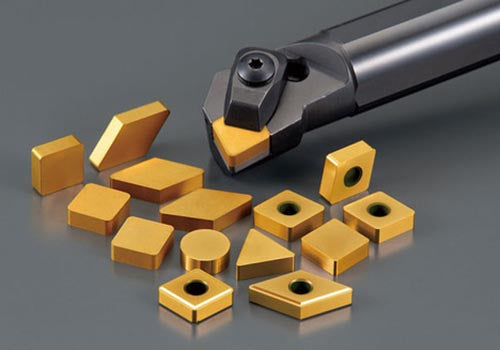
The Ultimate Guide to Different Types of CNC ID & OD Toolholders
Share
Introduction
When it comes to CNC machining, toolholders are an essential part of the process. A toolholder is a device that holds the cutting tool and connects it to the machine spindle. Turning toolholders are used for CNC ID and OD turning operations, which involve cutting and shaping the inside and outside surfaces of a workpiece. There are many different types of turning toolholders available, each with its own unique features and benefits. In this guide, we will explore the different types of CNC ID and OD turning toolholders in detail.
Types of Toolholders
1. Boring Bar Holders
Boring bar holders are used for boring and internal turning operations. They hold the boring bar in place and provide a stable connection between the bar and the machine spindle. Boring bar holders come in various sizes and configurations to accommodate different types of boring bars. Some common types of boring bar holders include:
- Straight shank boring bar holders
- Morse taper boring bar holders
- Collet chuck boring bar holders
- Hydraulic boring bar holders
2. Turning Toolholders
Turning toolholders are used for external turning operations. They hold the cutting tool in place and provide a stable connection between the tool and the machine spindle. Turning toolholders come in various shapes and sizes to accommodate different types of cutting tools. Some common types of turning toolholders include:
- Turning toolholders with round shanks
- Turning toolholders with square shanks
- Turning toolholders with triangular shanks
- Indexable turning toolholders
3. Threading Toolholders
Threading toolholders are used for threading operations. They hold the threading tool in place and provide a stable connection between the tool and the machine spindle. Threading toolholders come in various shapes and sizes to accommodate different types of threading tools. Some common types of threading toolholders include:
- External threading toolholders
- Internal threading toolholders
- Single-point threading toolholders
- Multiple-point threading toolholders
4. Grooving Toolholders
Grooving toolholders are used for grooving and parting operations. They hold the cutting tool in place and provide a stable connection between the tool and the machine spindle. Grooving toolholders come in various shapes and sizes to accommodate different types of cutting tools. Some common types of grooving toolholders include:
- Parting off toolholders
- Face grooving toolholders
- Internal grooving toolholders
- External grooving toolholders
Factors to Consider When Choosing a Toolholder
When choosing a toolholder for your CNC ID and OD turning operations, there are several factors to consider. These include:
1. Size and Shape
The size and shape of the toolholder should match the size and shape of the cutting tool. This will ensure a stable connection between the tool and the machine spindle and prevent tool chatter and vibration.
2. Material
The material of the toolholder should be compatible with the material of the cutting tool. For example, if you are using a carbide cutting tool, you should choose a toolholder made of a material that is compatible with carbide.
3. Rigidity
The toolholder should be rigid enough to withstand the cutting forces generated during the turning operation. This will prevent deflection and ensure accurate and consistent cuts.
4. Accessibility
The toolholder should allow easy access to the cutting tool for tool changes and adjustments. This will save time and increase productivity.
Conclusion
Choosing the right toolholder is essential for achieving accurate and consistent results in CNC ID and OD turning operations. By understanding the different types of turning toolholders available and the factors to consider when choosing a toolholder, you can make an informed decision that will improve your machining efficiency and quality.




